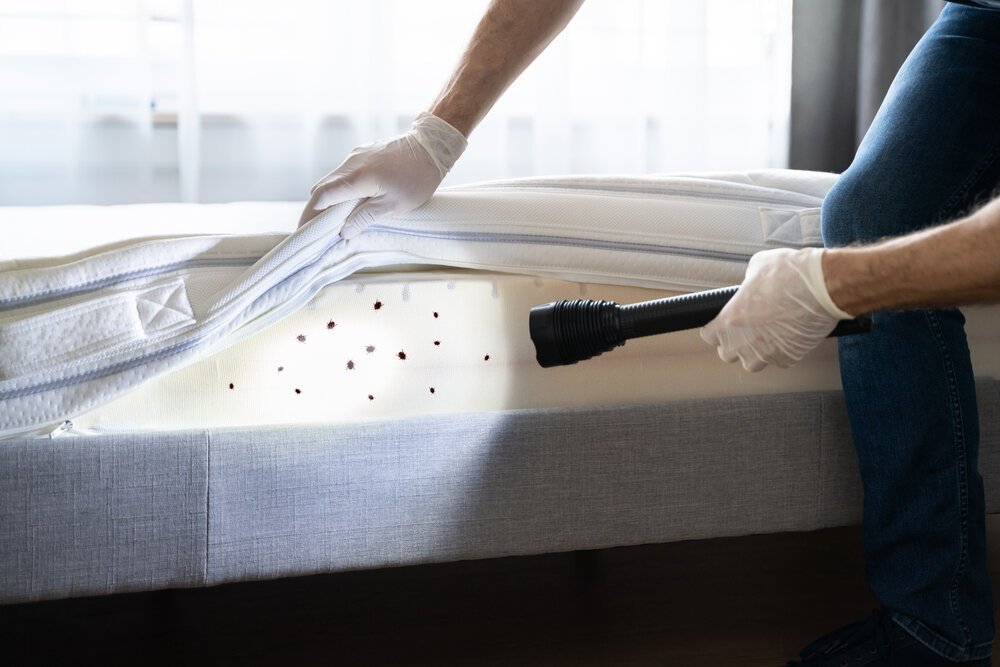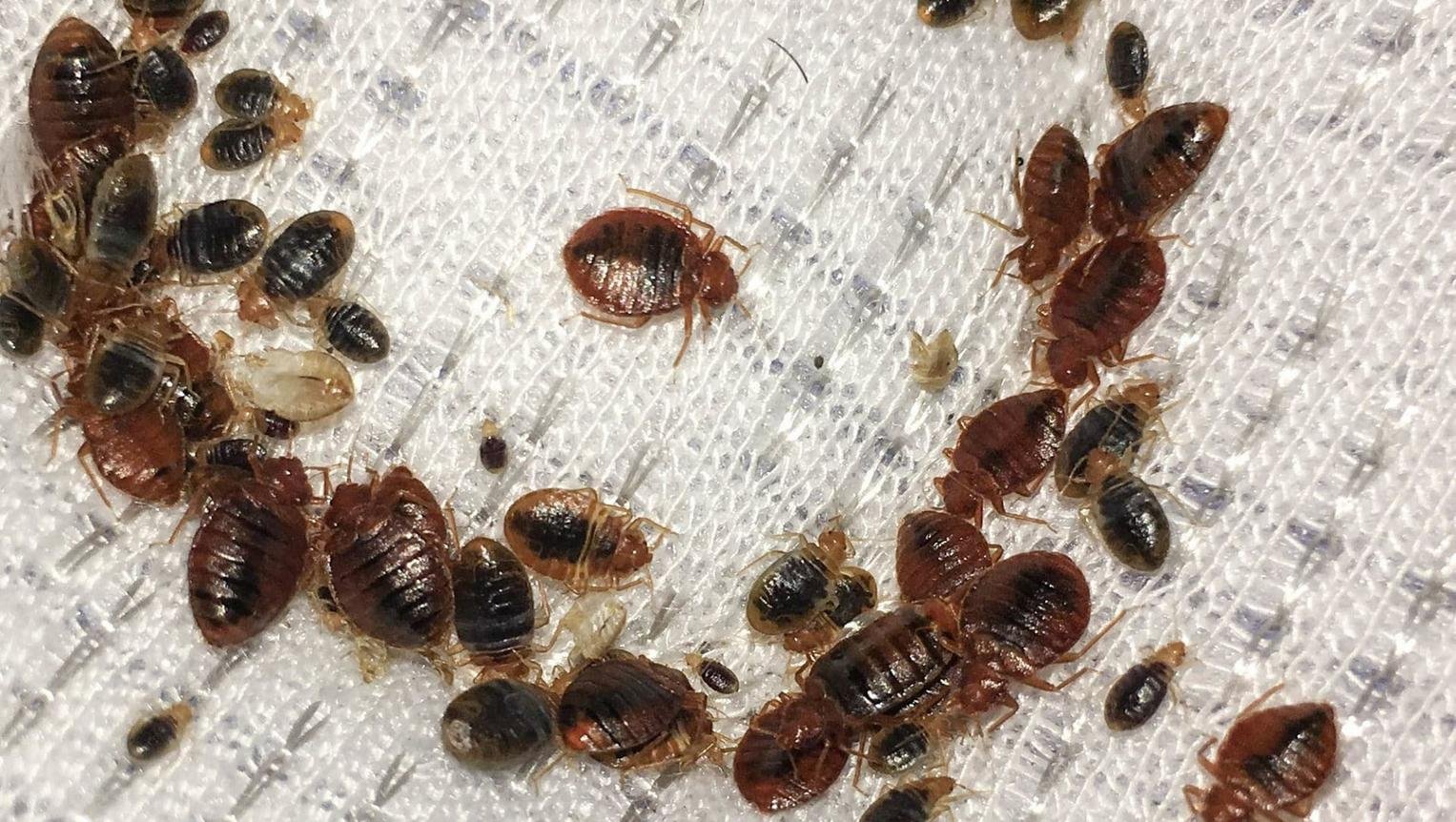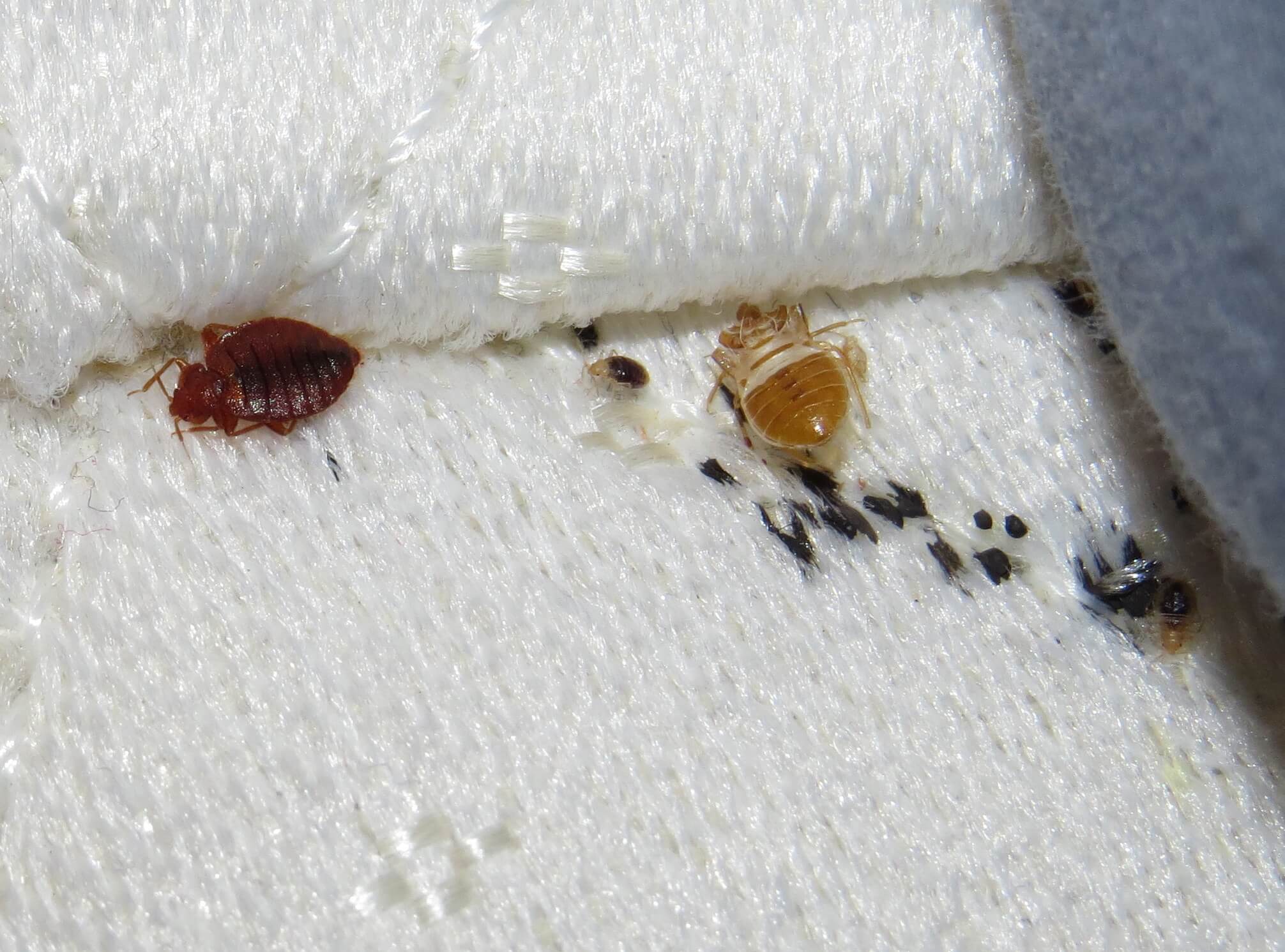Reliable Bed Insect Treatment Choices for a Pest-Free Home: Contrasting Chemical, Warmth, and All-natural Treatments
In the pursuit for a pest-free home, the battle against bed pests can be especially tough. When thinking about reliable therapy choices, the options commonly come down to chemical, warm, or natural remedies. Each approach presents its very own collection of factors to consider and benefits, prompting property owners to weigh aspects like price, efficiency, and safety. As we browse with the landscape of bed bug treatments, discovering the nuances of each technique can shed light on one of the most ideal service for a home plagued by these relentless insects.
Chemical Treatments
Chemical therapies, commonly utilized in expert bug control settings, involve the application of pesticides particularly created to target and eradicate bed bugs effectively. These therapies are extremely effective in removing bed insect infestations as a result of the potent nature of the chemicals utilized. Pest Control Arlington VA. Specialists normally use a mix of recurring insecticides, which proceed to function for an extensive period, and call pesticides, which kill bed insects upon direct call. The application of these chemicals is strategic, focusing on essential locations where bed pests hide, such as bed mattress seams, furniture holes, and baseboards.

Warmth Therapies

Among the main advantages of heat treatments is their ability to eliminate bed pests in all stages of development, including nymphs, grownups, and eggs. This thorough approach helps prevent reinfestations, supplying an extra long-lasting option to the problem. Warmth therapies are ecologically friendly and do not involve the usage of possibly harmful chemicals, making them a much safer alternative for homes with children, individuals, or pets delicate to typical chemicals.
While heat treatments can be very effective, it is important to guarantee that the procedure is performed correctly by experienced specialists to maximize its effectiveness and avoid any potential safety and security threats.
All-natural Treatments
When thinking about alternative methods for dealing with bed bug infestations, all-natural solutions provide a safe and green technique worth checking out. Several home owners are transforming to all-natural remedies as a safer option for regulating bed pests without the usage of extreme chemicals.
Furthermore, steam treatment is a all-natural and chemical-free approach that includes using heats to eliminate bed bugs and their eggs. Vapor can permeate into crevices and cracks where bed insects conceal, effectively getting rid of infestations. Mattress encasements made from natural products provide a physical obstacle versus bed bugs, preventing them from running away the bed mattress or accessing. On the whole, natural solutions use an all natural method to bed pest control that is gentle on the atmosphere and risk-free for both pet dogs and humans.
Comparison of Efficiency
To assess the efficiency of bed insect therapy choices, it is important to contrast the performance of chemical, heat, and all-natural solutions in eliminating invasions. Chemical treatments usually involve the use of pesticides particularly developed to get rid of and target bed pests. These chemicals can be very reliable in eliminating bed pests at different phases of their lifecycle, from eggs to adults. Worries relating to the prospective health and wellness risks connected with chemical direct exposure and the advancement of pesticide resistance in bed pest populaces have actually led some people to seek different treatment methods.
Warm therapy is another commonly made use of method for removing bed bugs. By raising the temperature in infested Bed bug heat treatment locations to degrees lethal to bed bugs, warmth treatments can successfully remove an entire infestation without the use of chemicals. This approach is specifically preferred as a result of its ability to pass through splits and gaps where bed pests might hide.
All-natural solutions, such as diatomaceous earth, vital oils, and vapor, have actually gotten appeal as much safer options to chemical treatments. While these techniques might be less unsafe to animals and humans, their efficiency in completely getting rid of bed bug invasions can vary. It is necessary to very carefully think about the pros and disadvantages of each therapy alternative when selecting one of the most suitable method for attending to a bed bug trouble.

Cost and Environmental Factors To Consider
Thinking about both economic implications and environmental effect is important when assessing bed pest treatment options. Cost plays a substantial duty in decision-making, as different treatment techniques differ widely in cost. Chemical treatments are often much less pricey ahead of time however might call for numerous applications, increasing the overall expense. Warm therapies, while reliable, can be costly due to the specialized equipment and time included. Natural treatments might appear cost-effective, but their efficacy can be inconsistent, resulting in extra expenditures in the long run.
In terms of environmental considerations, chemical therapies raise concerns as a result of the prospective injury they present to people, pet dogs, and the atmosphere. Chemicals can leave deposits that stick around in the air and on surfaces, affecting interior air high quality. Warmth therapies, although chemical-free, eat a substantial quantity of energy, adding to carbon discharges. Natural remedies are usually thought about a lot more eco-friendly; however, their influence on the setting can vary depending on the active ingredients used and their sourcing.
When picking a bed bug therapy, weighing the expense against the ecological impact is important to make an educated choice that aligns with both environmental and financial top priorities.
Verdict
Finally, when taking into consideration reliable bed pest therapy alternatives for a pest-free home, it is crucial to weigh the benefits and downsides of chemical, warmth, and natural treatments. Each approach has its own efficiency, cost, and environmental considerations to consider (Bed Bug Treatment). By comparing these aspects, people can make an educated decision on the ideal method to get rid of bed pests and prevent future infestations in their space
These therapies are very efficient in removing bed bug infestations due to the potent nature of the chemicals used.In attending to bed pest problems, a different approach to chemical treatments includes using warm as an extremely effective technique for removing these bugs.To examine the performance of bed pest therapy alternatives, it is important to compare the efficiency of chemical, heat, and natural remedies in eradicating infestations. By increasing the temperature level in ravaged locations to degrees deadly to bed insects, warm treatments can successfully get rid of an entire infestation without the use of chemicals.In verdict, when considering efficient bed pest treatment choices for a pest-free home, it is essential to weigh the advantages and disadvantages of chemical, warm, and natural remedies.